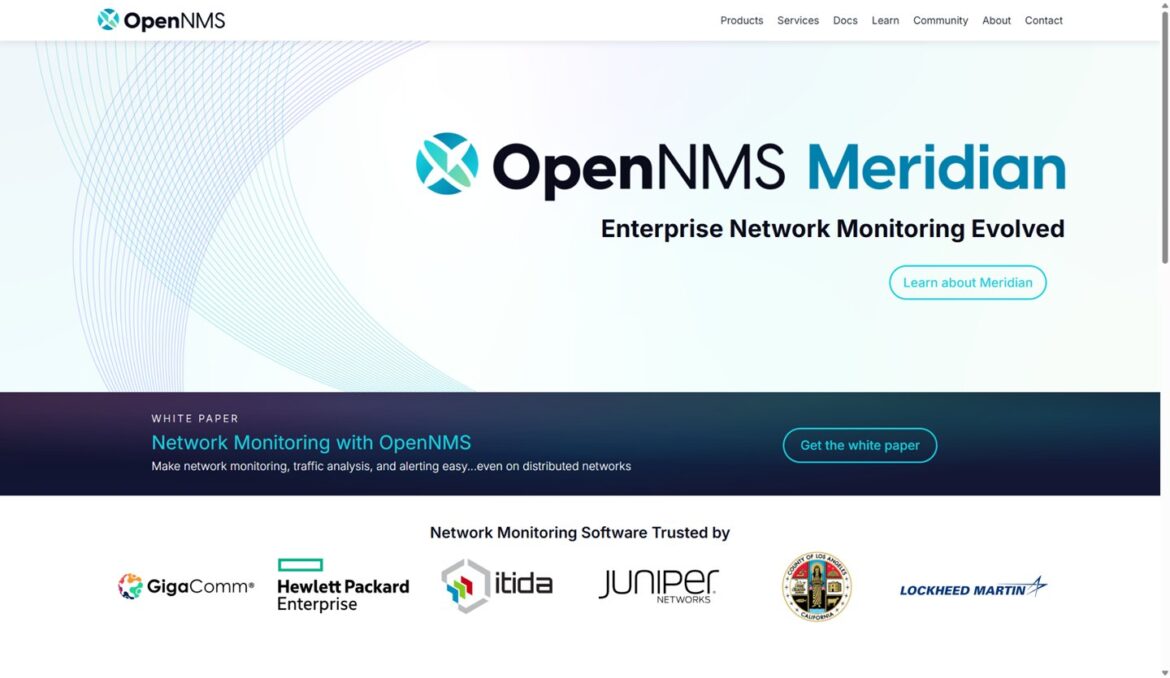Rory Norris, Guides Writer
(Image credit: Future)
Last week I was: playing way too much Borderlands 4.
This week I’ve been: continuing to play way too much Borderlands 4 and waiting for Battlefield 6.
One thing that surprised me from the Battlefield 6 beta back in August was that Battlefield Studios seemed to be aiming for a more casual, fast-paced experience. Smaller maps are one thing, but the remarkably frictionless weapon handling seriously ramped up the speed of shootouts and all but removed the need to tap or burst fire at longer ranges. Simply by slapping a single-port brake or the basic folding vertical grip on any weapon would immediately resolve any recoil issues.
In this way, the Battlefield 6 beta felt an awful lot like a battle royale—Call of Duty Warzone being the elephant in the room—in which weapons are highly efficient at way further ranges than they really should be. It was a shame, considering Battlefield has long prided itself on being more realistic/grounded/authentic (you name it) than Call of Duty. It’s also ironic, given that Battlefield 6 will actually have a battle royale component, and I’ve no doubt this more streamlined weapon handling was designed with this in mind.
Combined with the now-toned-down player pings, the updated weapon characteristics make for a much more impactful and tactile experience.
After a hands-on with both Battlefield 6’s larger maps and its campaign, it’s clear that Battlefield Studios took this criticism to heart. By overhauling weapons, namely, recoil and tap-fire characteristics since the public beta, all the guns now have much greater recoil that finally rewards your precision and demands a thought-out set of attachments. Take note of your firing mode hotkey, you’re gonna need it once more.
Related articles
You can see a clip of some weapon and attachment testing I did below:
What stood out to me is that each weapon actually fills a role now. Back in the beta, high rate of fire weapons were an easy go-to since the recoil was easily tamed, causing the likes of the M433, the M4A1, and SMGs such as the SGX to be not only lethal in close range, but also medium and sometimes even long ranges.
Testing these weapons during the preview builds, that’s no longer the case. I struggled to use the M4A1 to beam enemies at far-out enemies, especially if my opponent had a slower, more precise weapon, or if I was moving while firing. But if they entered my domain, I had a distinct leg-up on them instead, what with it being a bullet-hose with more agile handling.
The one knock on effect of this is that the recoil-reducing attachments are perhaps a little too undertuned now. With a stronger kick, you might be tempted to slap on the more costly recoil-reducing grips and muzzles to help you at range, but these all come with a hefty hit to accuracy. In other words, you’ll be able to control the recoil enough at range, but your bullets won’t land anywhere near where you aim, so what’s the point? I got the impression it’s much better to focus on mobility and general weapon handling instead, though I’ve no doubt there’ll be another balancing pass for launch.
Combined with the now-toned-down player pings, the updated weapon characteristics make for a much more impactful and tactile experience. Unlike the beta, I’m more interested in unlocking later equipment in the hopes that it fills a niche that the basic M433 or M4A1 can’t, and that can only be a good thing.
Best gaming rigs 2025
All our favorite gear



